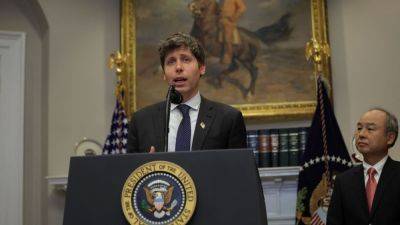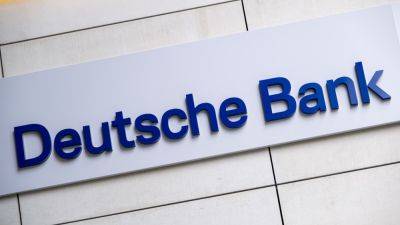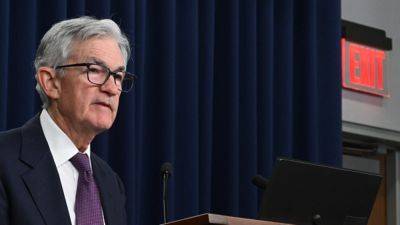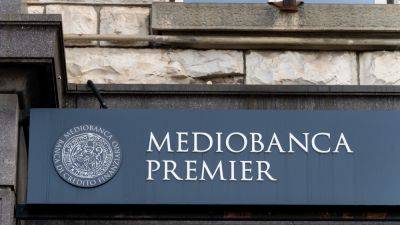Target-date funds — the most popular 401(k) plan investment — don't work for everyone
Target-date funds are a way for 401(k) participants to put their retirement savings on autopilot — and they capture the lion's share of investor contributions to 401(k) plans.
About 29% of assets in the average 401(k) plan were held in TDFs as of 2023, according to the Plan Sponsor Council of America, a trade group. That share is the largest of any fund category, and is up from 16% in 2014, according to PSCA data.
By 2027, target-date funds will capture roughly 66% of all 401(k) contributions, and about 46% of total 401(k) assets will be in TDFs, according to a 2023 estimate by Cerulli Associates, a market research firm.
More from Personal Finance:
Biden signs bill to raise Social Security benefits for public workers
How to maximize your 401(k) plan in 2025
Time to tweak your investments after lofty stock returns
That popularity is largely due to employers' broad adoption of TDFs as the default investment for workers who are automatically enrolled into their company 401(k) plan.
While the funds carry benefits for many investors, they may have drawbacks for others, financial advisors said.
«Target funds have a place for some investors, but they certainly aren't and shouldn't be used for everyone,» said Winnie Sun, managing partner of Sun Group Wealth Partners, based in Irvine, California, and a member of CNBC's Financial Advisor Council.
Financial experts generally recommend investors de-risk their nest eggs as they age — typically by shifting from more aggressive (and volatile) holdings like stocks to more stable ones like bonds and cash.
TDFs do this automatically, based on an investor's estimated year of retirement.
For example, a 35-year-old investor who expects to retire in 30 years would likely choose a 2055
Read more on cnbc.com



















